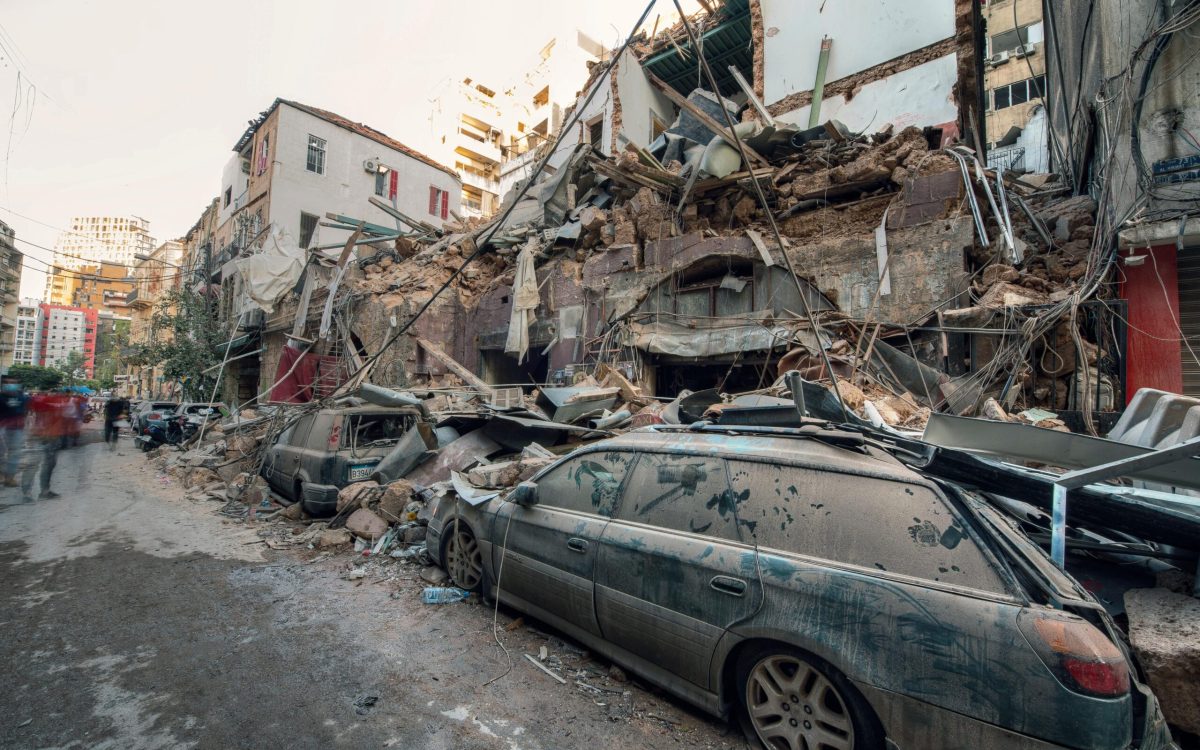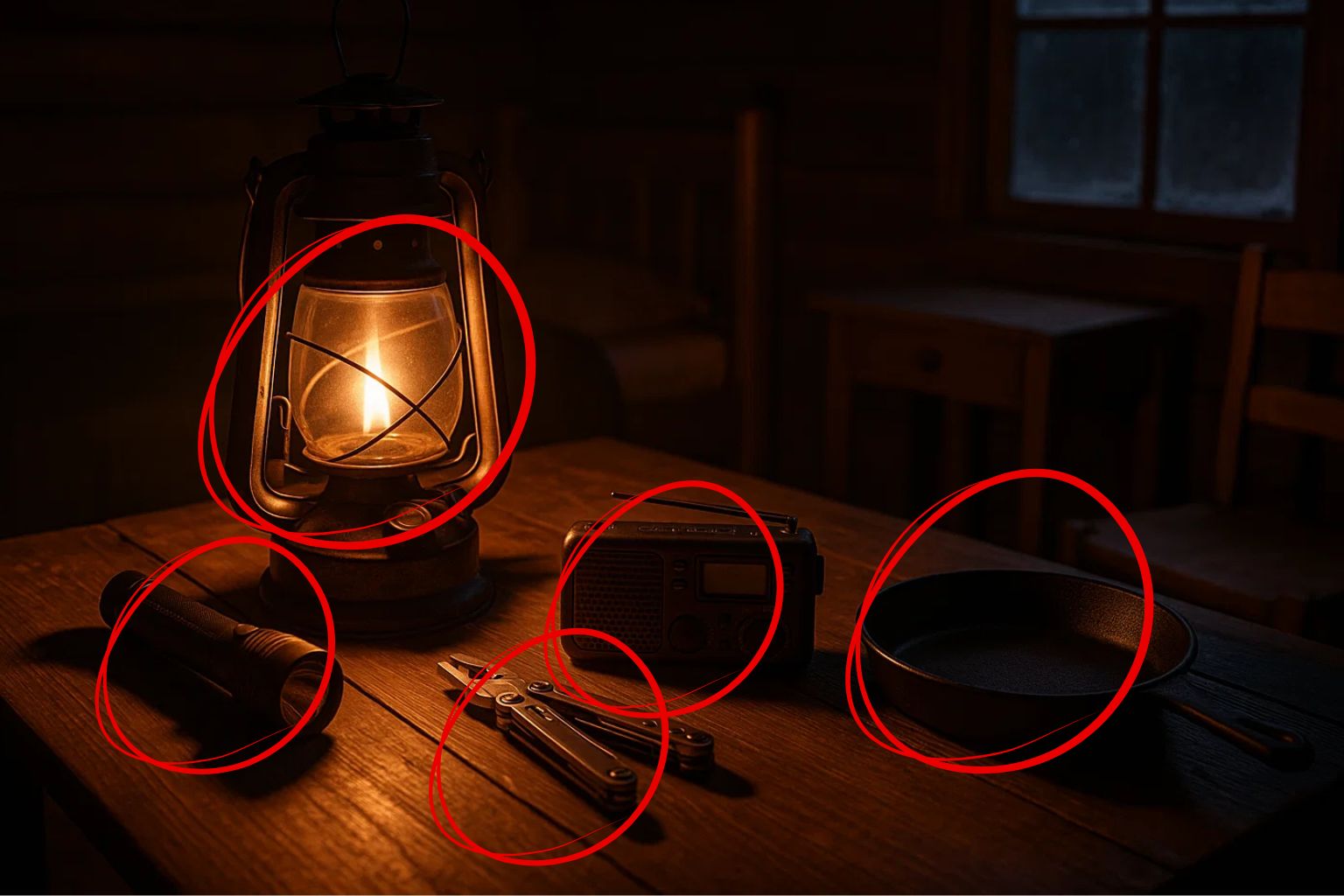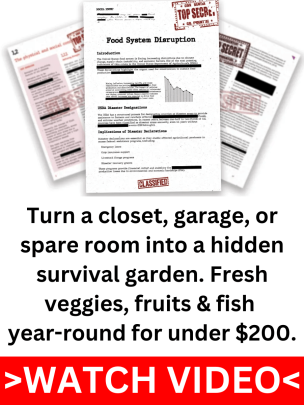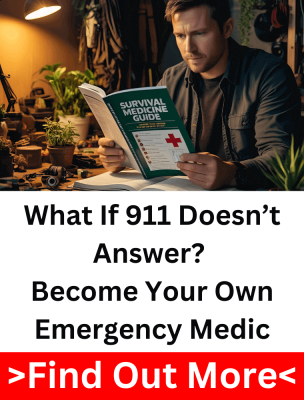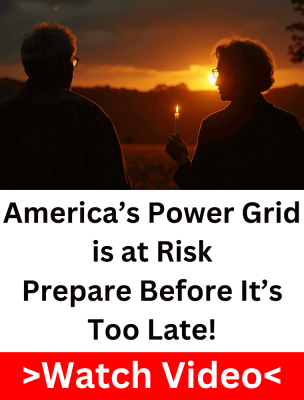In today’s world, crises can erupt in urban environments at any time, whether it’s a natural disaster, civil unrest, or an unexpected infrastructure collapse. Cities are complex ecosystems, and when something goes wrong, it can have a domino effect, turning a familiar environment into a potential danger zone. To stay safe, you need to be prepared and know exactly how to react. This article will walk you through the essential steps for urban survival, ensuring you and your loved ones are ready for whatever comes your way.
Assessing the Situation: What Are You Facing?
The first thing you need to do when a crisis hits is to understand what’s happening. Is it a natural disaster, like an earthquake or a flood? Or are you dealing with something man-made, like a terrorist attack or civil unrest? Each situation requires a different response, and knowing what you’re up against is the first step in staying safe.
- Natural Disasters: These are events like earthquakes, floods, or hurricanes. They can cause widespread damage and often result in power outages, water contamination, and limited access to resources.
- Civil Unrest: Protests, riots, or social disorder can quickly escalate in a densely populated area. These situations are unpredictable, and it’s crucial to stay informed and avoid hotspots.
- Infrastructure Failures: Power outages, water supply disruptions, and communication breakdowns can cripple a city, especially when combined with other crises.
Pro Tip: Stay informed through multiple channels. A battery-powered radio, emergency apps, and reliable social media updates can keep you connected to real-time information. Avoid relying solely on one source to reduce the risk of misinformation.
Shelter-in-Place or Evacuate: Making the Right Decision
One of the most critical decisions you’ll make during an urban crisis is whether to stay put or get out. Here’s how to decide:
- Shelter-in-Place: If the danger is outside—like during a chemical spill, civil unrest, or severe weather—staying indoors might be safer. Choose an interior room with no windows, ideally on a higher floor to avoid floodwaters. Stock this room with essentials: water, non-perishable food, first aid supplies, and a way to communicate.
- Evacuate: If your home is unsafe due to structural damage or if authorities order an evacuation, don’t hesitate to leave. Plan multiple routes out of the city, avoiding main roads that might be clogged with traffic or blocked. Your bug-out bag should be packed and ready with everything you need for at least 72 hours.
Pro Tip: Have a family meeting point outside the danger zone. This ensures that if you get separated, everyone knows where to go.
Building Your Urban Survival Kit
Your survival kit is your lifeline during a crisis. Here’s what you need:
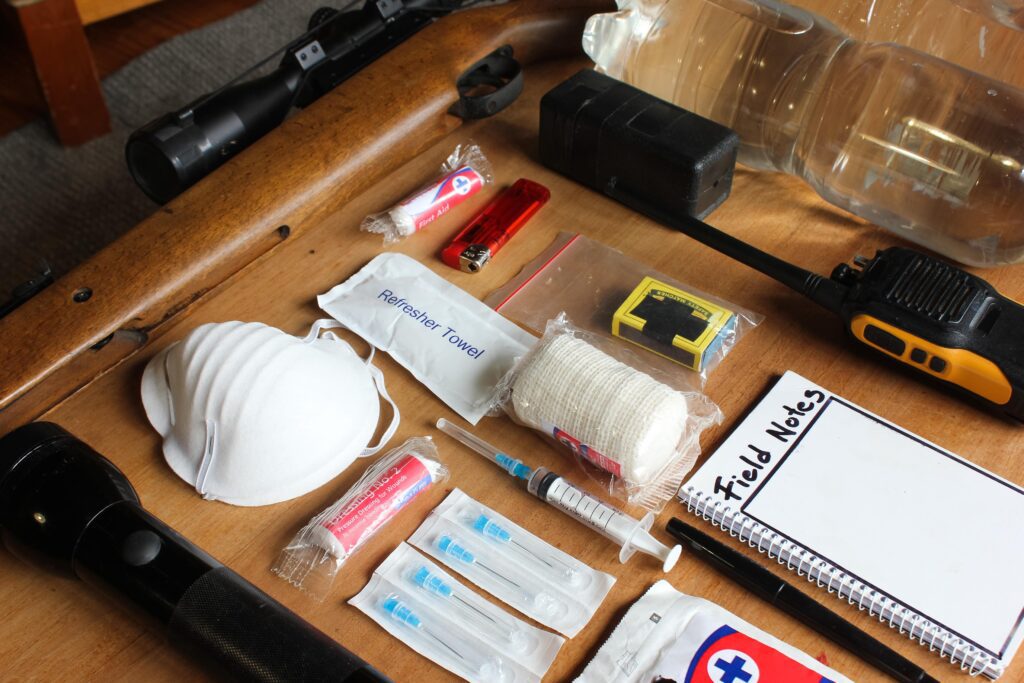
- Water and Food: Aim for at least three days’ worth of water (one gallon per person per day) and easy-to-carry, non-perishable food. Include water purification tablets or a small filtration device.
- First Aid Kit: Stock it with basics like bandages, antiseptics, pain relievers, and any prescription medications. Don’t forget items like a tourniquet or burn gel for more serious injuries.
- Tools and Gear: A good multi-tool, flashlight with extra batteries, duct tape, a fire starter, and a small crowbar are essential. Include a detailed map of your city and a compass, just in case.
- Communication Devices: Besides your cell phone, consider a two-way radio or a satellite phone. A whistle can help you signal for help if you’re trapped or lost.
Pro Tip: Regularly check and update your survival kit. Rotate food and water supplies and ensure that all electronic devices are fully charged and operational.
Navigating the Streets: How to Move Safely
If you need to move through the city during a crisis, here’s how to stay safe:
- Blend In: Don’t draw attention to yourself. Wear neutral clothing and avoid carrying anything flashy. The goal is to look like just another person trying to get by.
- Travel in Groups: If possible, move with others. There’s safety in numbers, and a group is less likely to be targeted than a lone individual.
- Avoid High-Risk Areas: Stay away from known trouble spots like government buildings, shopping districts, or areas prone to looting. Stick to less crowded routes and keep an eye out for any signs of danger.
Pro Tip: Always have a backup plan. If your main route is compromised, know alternative paths and be ready to switch course at a moment’s notice.
Dealing with Civil Unrest: Keep a Low Profile
Civil unrest can be one of the most unpredictable and dangerous situations in an urban environment. Here’s how to protect yourself:
- Avoid Crowds: Large gatherings can turn violent quickly. If you find yourself near one, move away calmly and quickly. Don’t stick around to see what happens next.
- Know Your Exits: Whether you’re indoors or outside, always be aware of the nearest exits. If things start to go south, you need to be able to leave fast.
- Stay Neutral: Don’t wear anything that could identify you with a particular group or ideology. In these situations, it’s best to blend in and avoid standing out.
Pro Tip: If you get caught in a crowd, move diagonally towards the edges rather than trying to push straight through. This can help you escape without getting trapped or injured.
Staying Connected: Communication During a Crisis
Communication can be tricky when networks fail, but staying connected is crucial:
- Pre-Arrange Communication Plans: Before a crisis hits, establish a communication plan with your family or group. Set check-in times and decide on backup methods of contact, like email or social media.
- Meeting Points: Designate a few safe meeting spots where you can regroup if communication fails. Make sure everyone knows these locations.
- Alternative Devices: Invest in walkie-talkies, a satellite phone, or a CB radio. Even something as simple as a whistle or a signaling mirror can be a lifesaver if you need to attract attention.
Pro Tip: Write down important phone numbers and addresses, which could be crucial if your phone dies or networks are down.
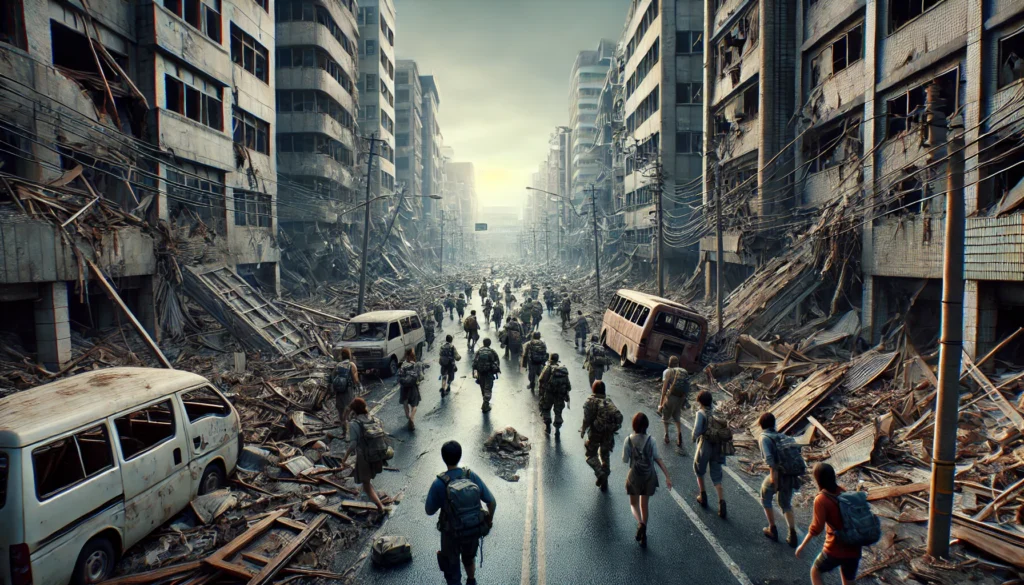
Mental Preparedness: Staying Calm Under Pressure
In a crisis, your mental state is just as important as your physical preparedness:
- Situational Awareness: Always be aware of your surroundings and any changes in your environment. This will help you make informed decisions and avoid potential dangers.
- Stress Management: Practice deep breathing or other relaxation techniques to keep your nerves steady. A clear mind is critical for making smart decisions in high-pressure situations.
- Adaptability: Stick to your survival plan, but be ready to adapt as the situation changes. Rigid thinking can lead to mistakes, so stay flexible and trust your instincts.
Pro Tip: Regularly practice your survival plan with your family or group. This not only builds confidence but also ensures everyone knows what to do when it matters most.
After the Crisis: Recovery and Moving Forward
Once the immediate danger has passed, it’s time to assess and recover:
- Check for Hazards: Before deciding whether to stay or leave, carefully assess your surroundings for safety. Look for structural damage, gas leaks, or other hazards that could pose a threat.
- Help Others: If it’s safe, assist your neighbors or others in need. However, always prioritize your safety and that of your loved ones.
- Document Damage: Take photos and notes of any damage to your property for insurance purposes. Report significant hazards to the authorities to prevent further danger.
Urban survival is about more than just having the right gear—it’s about being prepared, staying informed, and keeping a clear head. By following these tips, you can increase your chances of staying safe during a crisis in the city. Remember, the key to survival is preparation and adaptability.
Stay safe, stay prepared!

